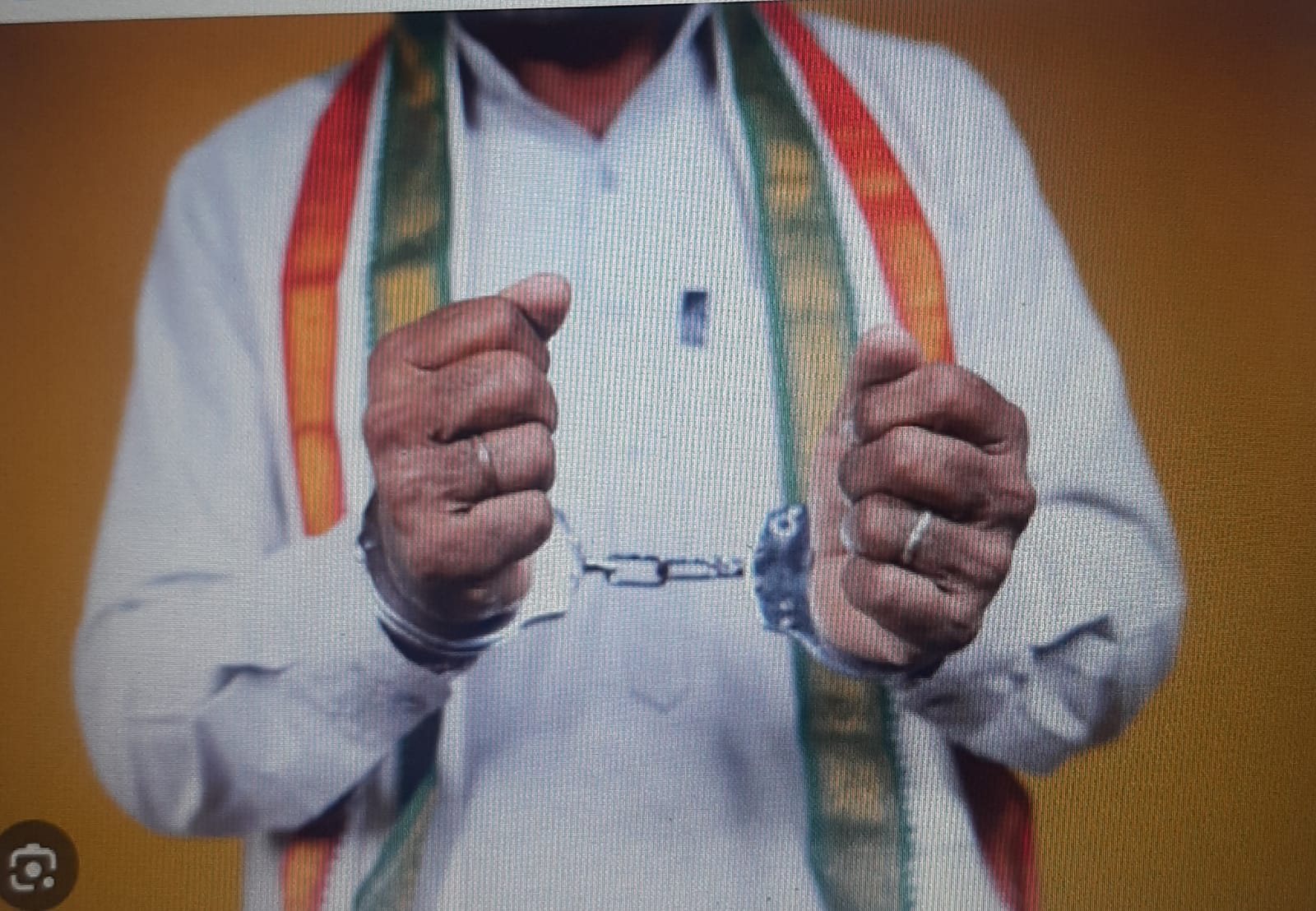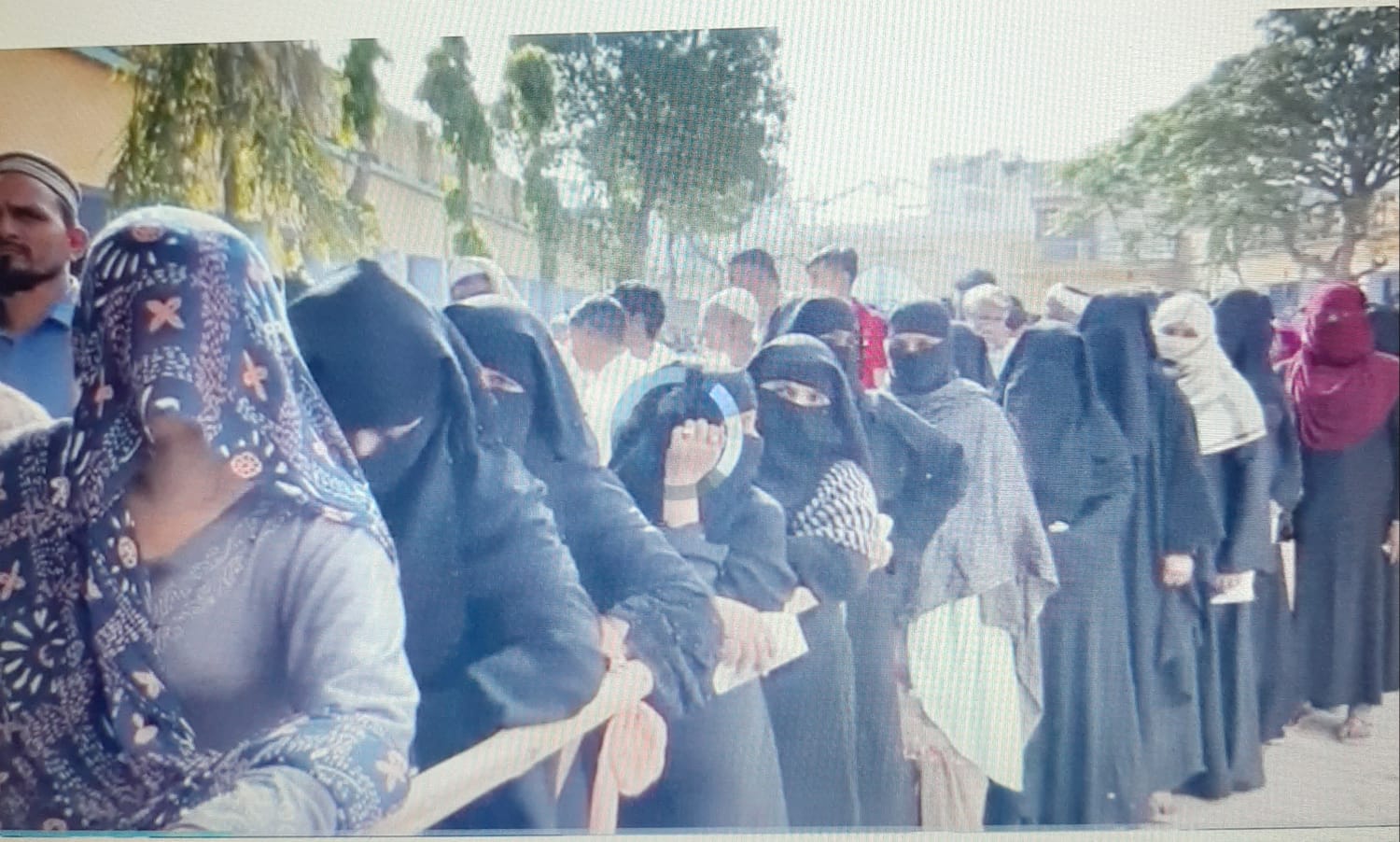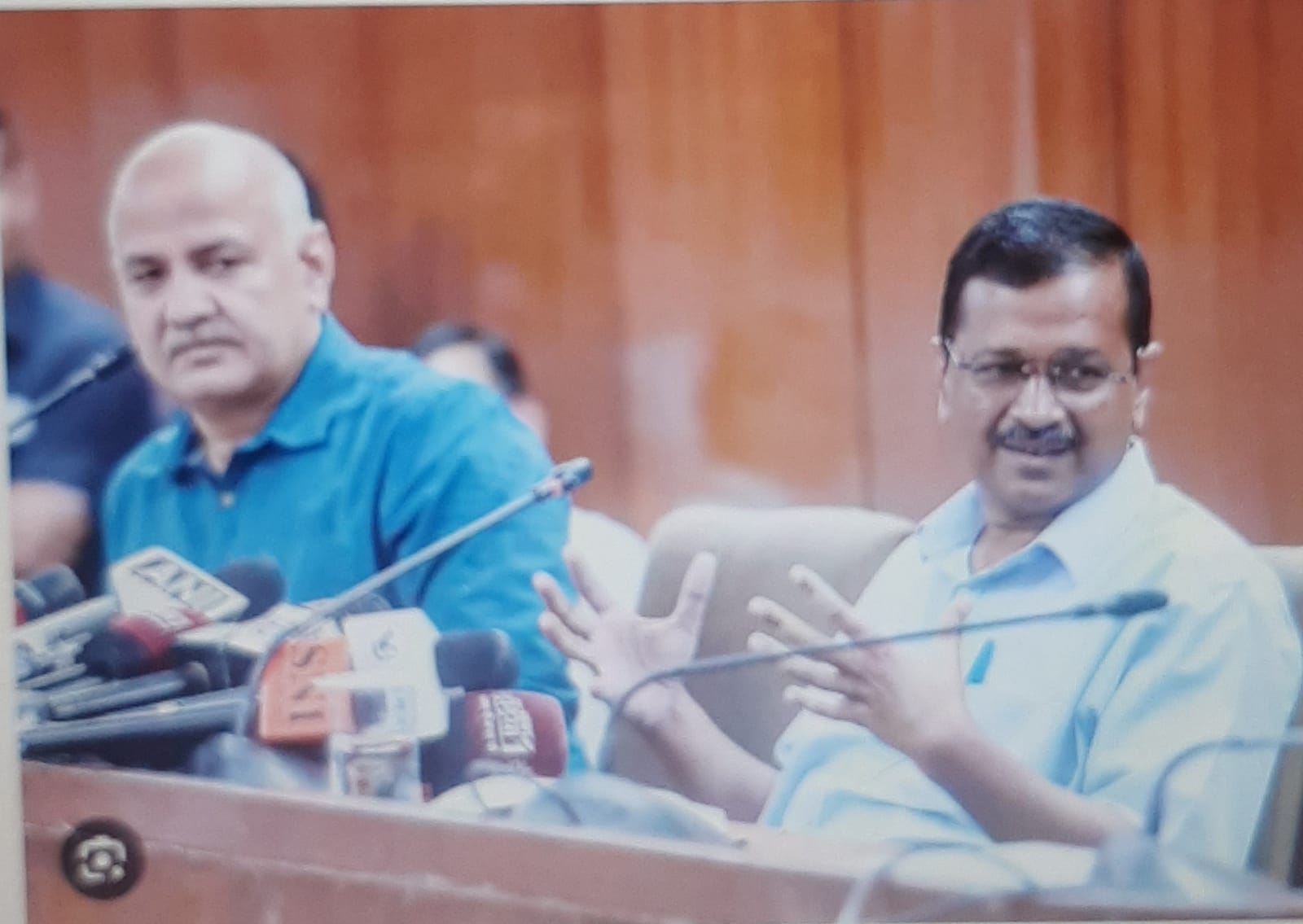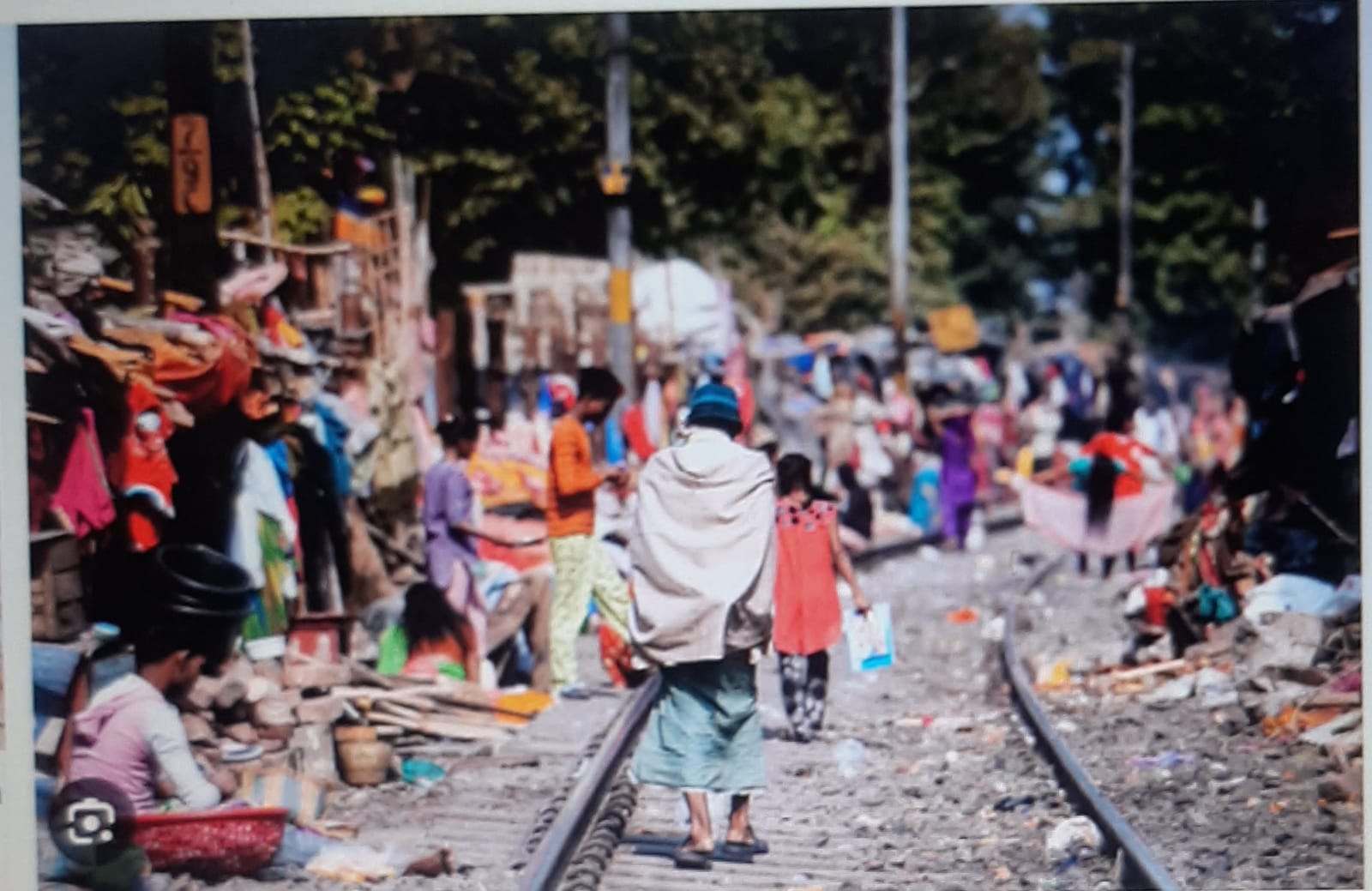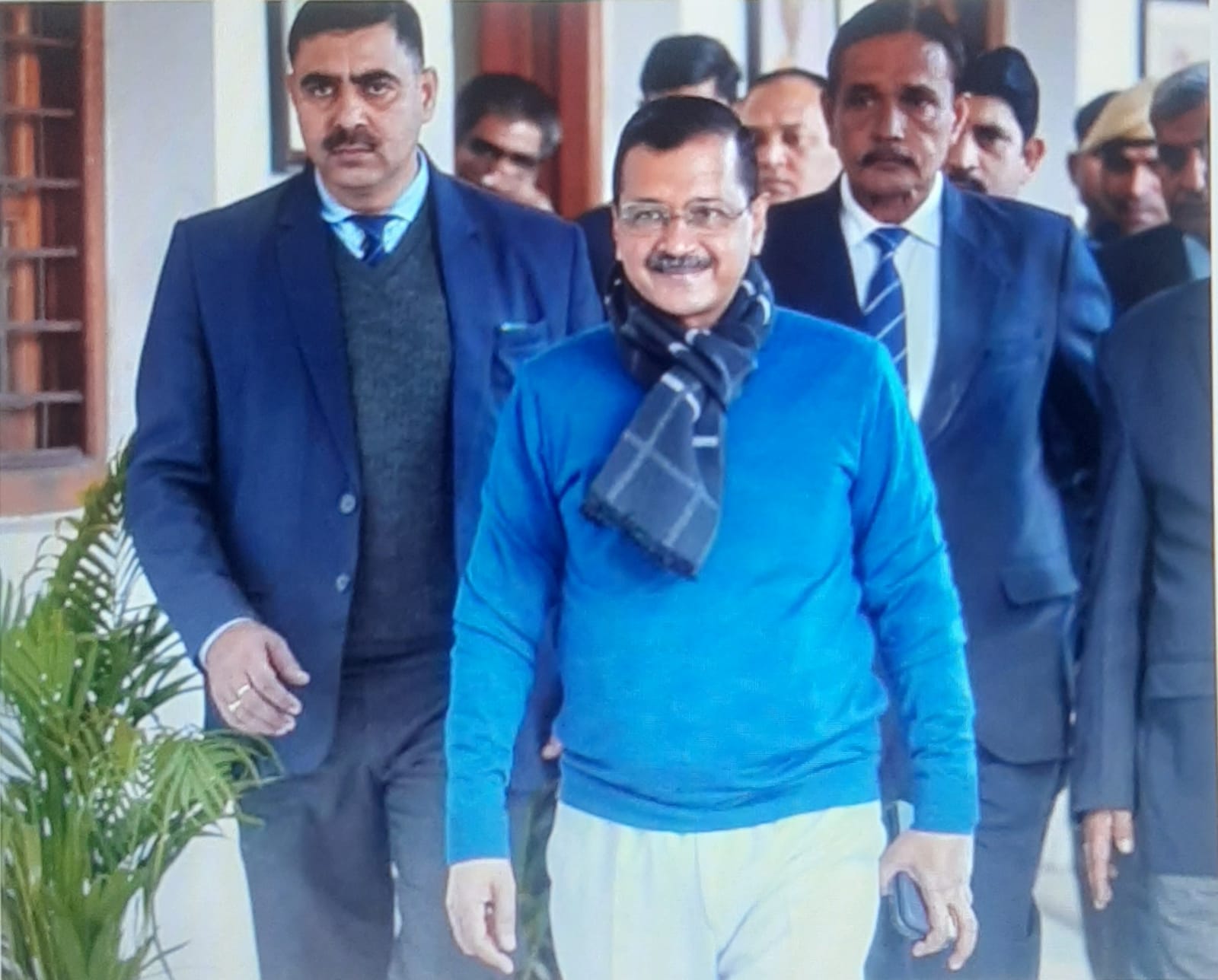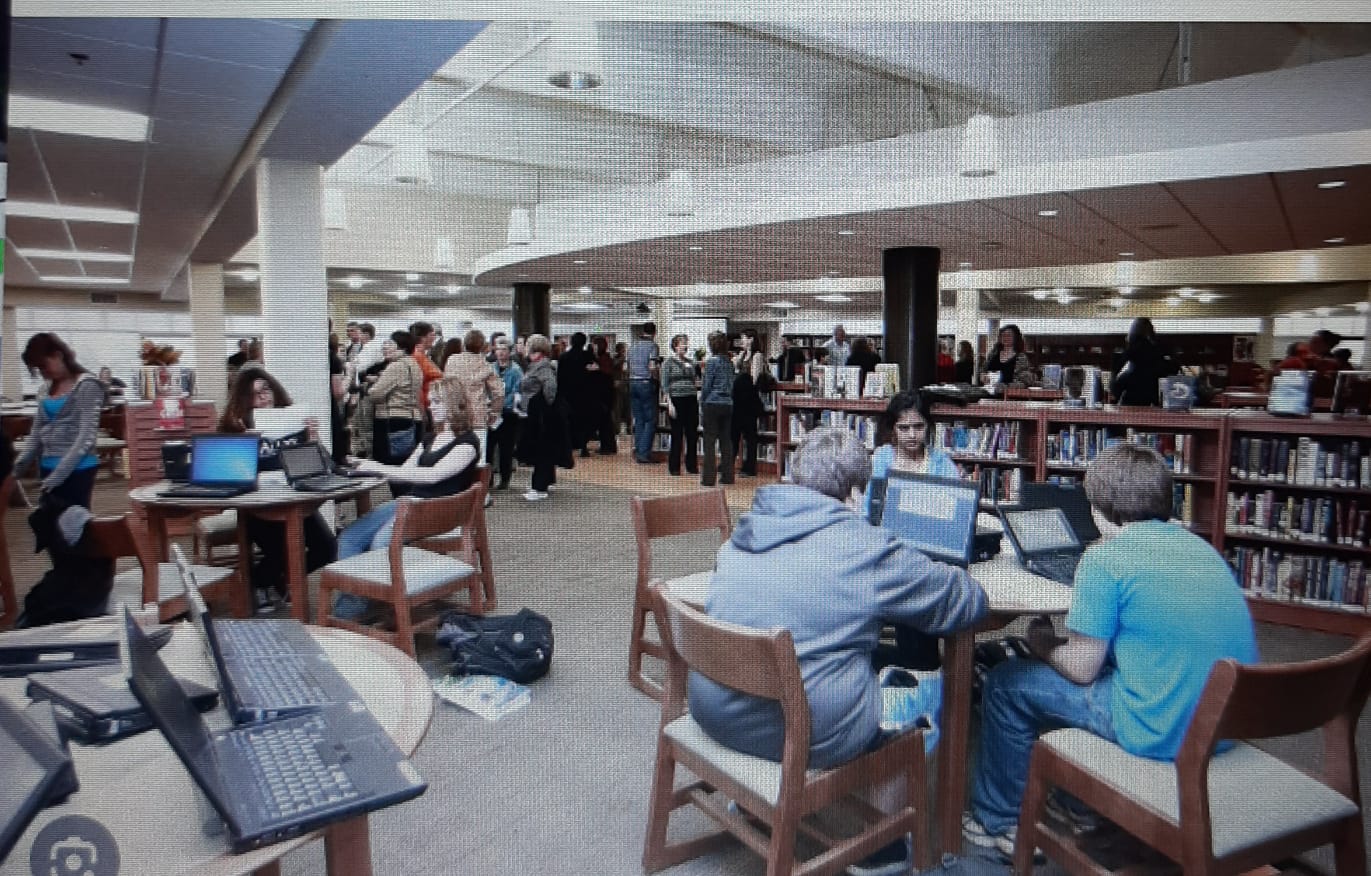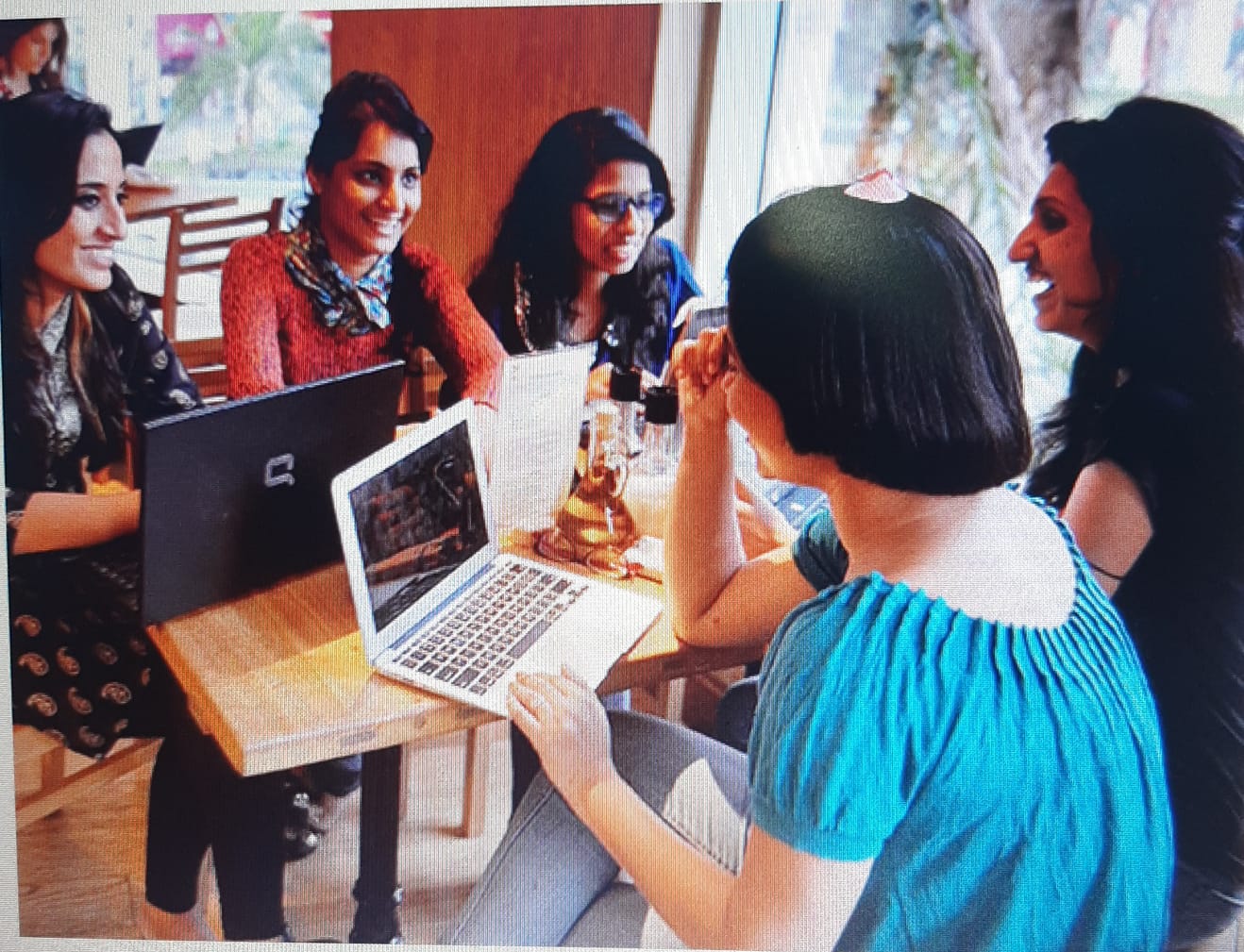
Over the years percentage of women in government jobs has remained below 12 percent and it has hovered between 20 to 25 percent in higher Civil Services like IFS, IAS , IPS etc. The overall picture also remains dismal as far as the number of women in government jobs is concerned- with their representation remaining as low as 11 percent according to a recently published report, writes former IAS officer V.S.Pandey
In the recently concluded assembly elections, women voters played a salient role in deciding the outcome. In Madhya Pradesh, specially, several schemes targeting women welfare specifically, according to poll pundits, played not only a significant role but also ensured landslide victory for the ruling dispensation. The poll results also dispelled the predominant notion of “anti incumbency“ in deciding the outcome of elections. It unequivocally conveyed the message that anti incumbency will lead to defeat of the ruling party only when the opposition works hard and succeeds in convincing the electorate that they will perform better than the ruling party in providing justice, governance and delivery of services for common people. It is hoped that the role of women in deciding the poll outcomes which was hitherto ignored, will take center- stage in the coming elections and that should force the political parties to give a serious look at women centric policies also while formulating their poll promises. In this context a beginning was made nearly a decade ago with the launch of the Ujjwala scheme to provide cooking gas cylinders to all the households to ameliorate the suffering of womenfolk. Other such schemes like “ladli behna, Beti bachao – Beti padhao” etc did influence the electoral outcomes in other states also. These examples show the huge positive outcomes for political parties- who made only symbolic gestures and implemented schemes specifically targeted for women.
The irony of our nation, India, is that although it has recently surpassed China to become the world’s most populous country, and its economy is among the fastest-growing in the world but the number of women in the workforce, already among the 20 lowest in the world, has been shrinking for years. The Indian economy has grown more than 10 times since 1990, its female workforce participation has fallen from 30 per cent in 1990 to 19 per cent as of 2021. The fall has been particularly steep in the past 15 years when female labour participation plunged from 32 per cent in 2005 to 19 per cent in 2021, evident from World Bank data. During that time, the economy nearly quadrupled. This should ring alarm bells in our society. It is not only a problem for womenfolk but a challenge for India’s own economic ambitions- if its estimated 70 million women are left behind- as its population grows . A serious worry is that if women are left behind in the employment race then they could even become a demographic liability. So in addition to announcing women centric welfare schemes, governments ought to take certain steps to create a positive environment for them.
Now the parliamentary elections are on the horizon and it is time for political parties to come up with policies to promote the welfare of women and enhance their level of participation in impact creating jobs. There are several low hanging fruits which can be plucked by the politicians which will go a long way in not only improving women participation in the work force but also bring rich dividends in the political arena.
One such policy prescription which is easy to implement is enhancing the upper age limit for all women aspirants for government jobs, irrespective of their caste and religion to 35 years and giving women 30 percent reservations on lateral basis thus maintaining the prescribed overall 50 percent reservation limit in government jobs.
This is long overdue as over a period of several decades percentage of women in government jobs has remained below 12 percent and it has hovered between 20 to 25 percent in higher Civil Services like IFS, IAS , IPS etc. The overall picture also remains dismal as far as the number of women in government jobs is concerned- with their representation remaining as low as 11 percent according to a recently published report. Women comprise nearly 50 percent of our population but their low presence in government jobs must become a cause for concern for our policy makers. Undoubtedly the situation of the number of women in government jobs has not improved significantly since so many decades which raises the question whether governments needed to do something urgently to address this issue.
We, as a nation. have long ignored the problem of abysmal level of employment of women in government jobs and in the labour market. This situation is not going to improve on its own. We need to remind ourselves constantly that with only 11 percent of our women population in government jobs, and nearly 20 percent participation in job market, they will not be able to contribute towards national economic life in a substantial way. The time has come for the central government to take the lead in this regard and give strong signals that it has noticed the elephant in the room and is ready to take action to ensure the enhanced participation of our women population in the nation’s life. With 33 percent reservation in Parliament already in place, it is the right time to not only increase the upper age limit to 35 years for women in government jobs and particularly in civil services examination conducted by Union Public Service Commission but also provide lateral reservation of 30 percent also in all government jobs. This is a reform which has waited for too long. It must be corrected expeditiously.
(Vijay Shankar Pandey is former Secretary Government of India)


